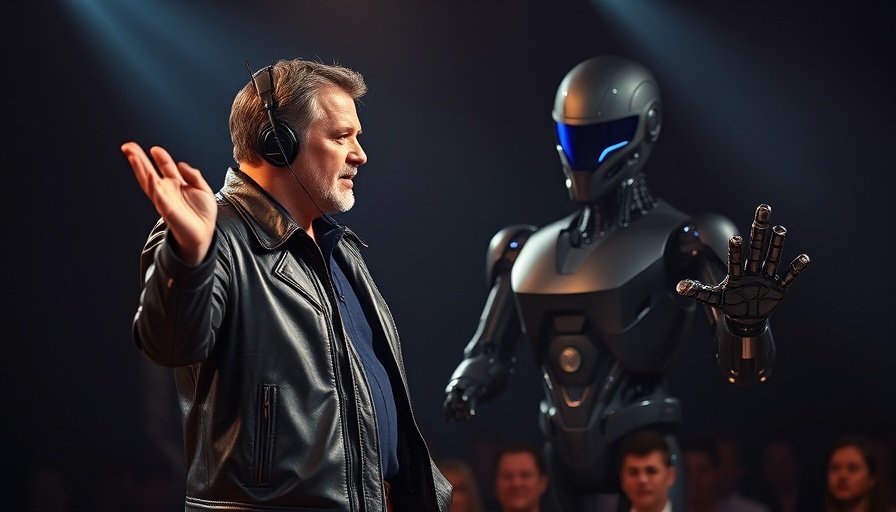
Exciting Collaborations: Disney, Nvidia, and Google DeepMind
Disney's ambition to revolutionize entertainment technology takes a leap forward through its collaboration with Nvidia and Google DeepMind. These partnerships will introduce Newton, an innovative physics engine capable of simulating complex robotic movements in real-world scenarios. The announcement was made by Nvidia CEO Jensen Huang during the GTC 2025 conference, showcasing how the technology will empower Disney’s next-generation robots, including charming visitors with Star Wars-inspired droids.
Newton: The Physics Engine for Expressive Robotics
Newton is designed to enhance the capability of robots by making them more expressive and capable of performing intricate tasks with precision. According to Huang, this advanced engine allows developers to program interactions with various materials—whether it's food, sand, or fabric—thus enabling robots to learn and adapt to different scenarios. This shift towards more interactive robots is aligned with the growing expectations of audiences seeking immersive experiences.
The Vision for the Future of Entertainment Robotics
Disney has been working towards integrating advanced robotics into its theme parks, with demonstrations successfully showcasing the BDX droids. The park's visitors can look forward to experiencing these droids in action, bringing beloved characters to life in unprecedented ways. Kyle Laughlin, SVP of Disney Imagineering, emphasized that the collaboration with Nvidia and Google DeepMind is crucial for crafting robotic characters that will engage guests on deeper emotional levels than ever before. This approach reflects a broader industry trend where robotic innovation and AI come together to heighten user experiences.
Broader Implications for Robotics Development
Nvidia’s announcement isn’t just about Disney's robots; it signals a significant step in the evolution of humanoid robotics. Alongside the launch of Newton, Nvidia introduced the Groot N1, a customizable foundation model for humanoid robots, emphasizing the need for generalist robotics able to perform diverse tasks across various sectors. This reflects a paradigm shift where robotics isn't limited to industrial applications but moves into consumer-oriented experiences.
Embracing a New Age of Humanoid Robotics
The collaboration positions Nvidia at the forefront of robotics innovation, with potential implications stretching across industries. Fortune 500 companies, tech startups, and service providers may look to integrate this technology, exploring how advanced robotics can solve complex problems, from entertainment to serve major industries suffering from labor shortages. As Huang noted, "The age of generalist robotics is here," which may redefine efficiencies in numerous sectors and change how we interact with technology.
As we anticipate the rollout of these technologically-superior robots, it's crucial to keep an eye on future developments and ethical considerations in robotics to leverage their capabilities responsibly. The future of robotics at Disney is just the beginning.
 Add Row
Add Row  Add
Add 




Write A Comment